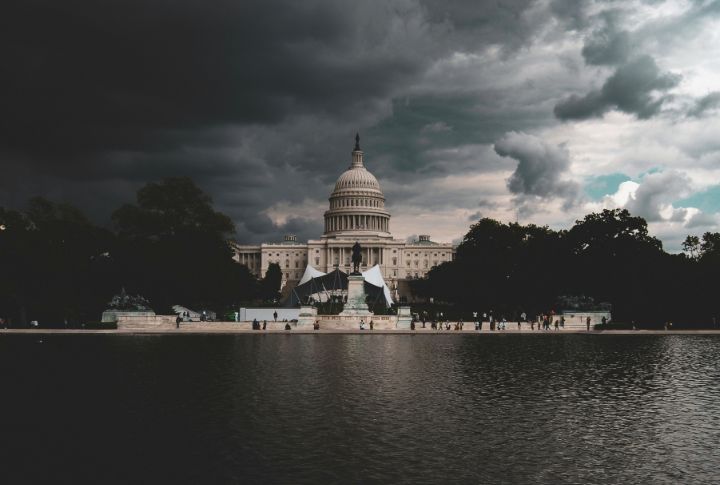
As global tensions rise, especially with Russia’s actions in Ukraine and other geopolitical conflicts, fears of nuclear war have resurfaced. A recently discussed map highlighting potential U.S. targets reveals a dreaded possibility that numerous locations across the country could be at risk. From key cities to military installations, these sites are under increasing scrutiny as they will probably be hit first in a nuclear scenario.
The Chilling Map: Origins and Misinterpretations
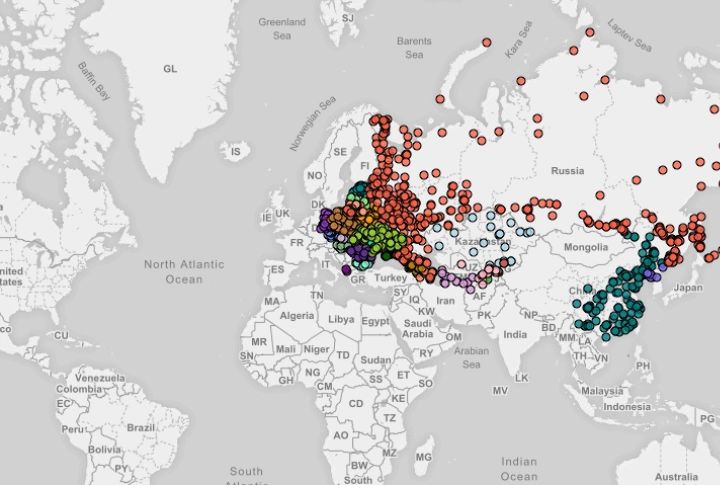
This controversial map, first published in 2015, gained attention as it identified possible nuclear targets across the U.S. It was initially part of a CBS article that drew data from various sources, including FEMA and the National Resources Defense Council. Despite its wide circulation, FEMA clarified that they never released an official nuclear target map.
Fallout Impact: Beyond the Blast Zone
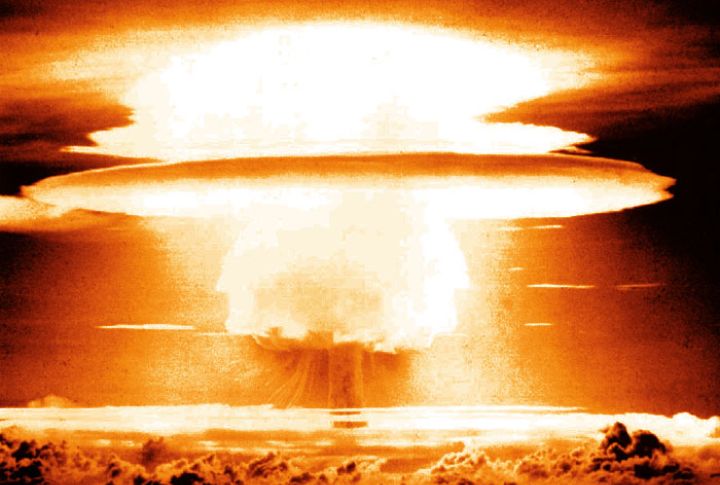
In a nuclear strike, the immediate blast is just the beginning. The map also implies the potential spread of radioactive fallout, which may devastate areas far beyond the initial target. Fallout patterns depend on wind, weather, and geographical features, which means even regions not directly hit may suffer severe consequences.
Montana: High-Risk Nuclear Target
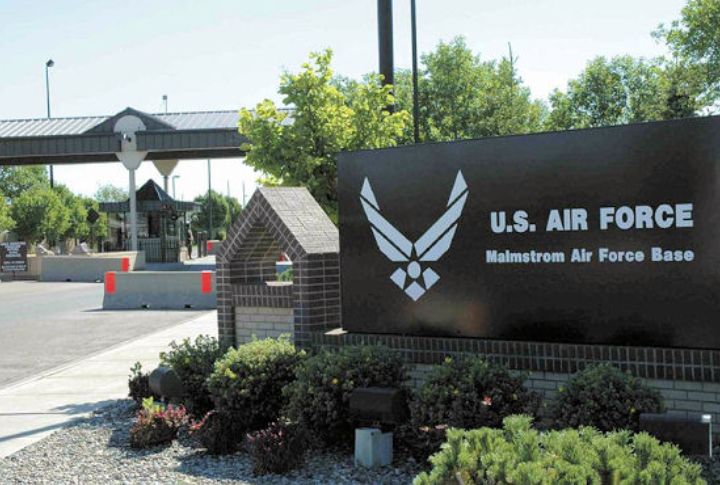
As a critical location for ICBM silos, Montana’s strategic importance makes it a likely focus in the event of nuclear hostilities. The state’s vast, rural settings host critical components of the U.S. nuclear arsenal, including Malmstrom Air Force Base. Due to this concentration of defense assets, Montana could be one of the first areas hit.
North Dakota: Strategic Military Assets
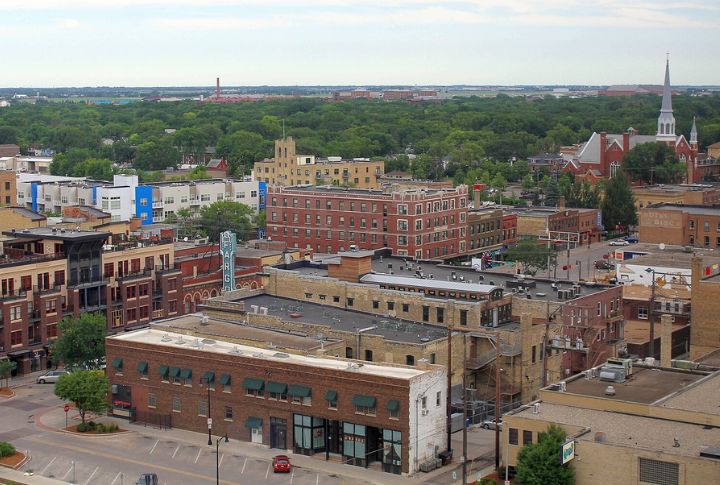
Similar to Montana, North Dakota’s sparse population and vast open spaces have made it an ideal location for housing nuclear weapons and missile silos. Minot Air Force Base, which operates a large portion of the U.S. ICBM fleet, is located here. This tactical significance places North Dakota high on the list of potential nuclear targets.
Washington, D.C.: A Key Political Target
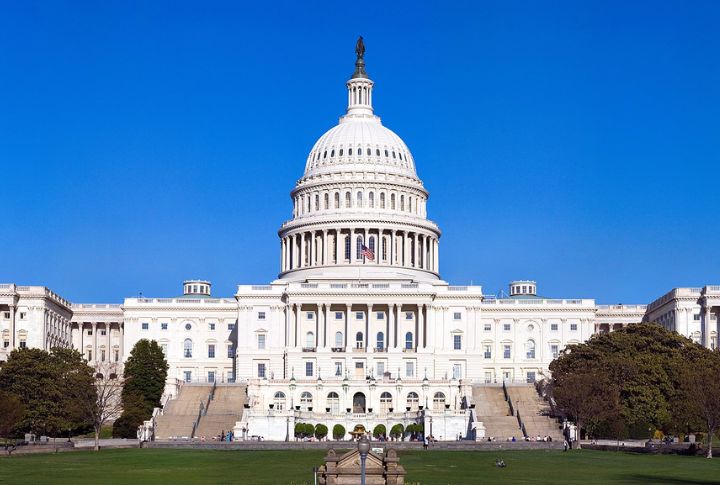
Washington, D.C., is the political heart of the country, housing critical government buildings and defense command centers. Its significance on the world stage makes it an attractive target for any potential nuclear strike aimed at crippling U.S. leadership.
New York City: Economic Hub at Risk

As one of the world’s most prominent financial centers, New York City is another conceivable focus in a nuclear conflict. The city’s dense population and role as an economic powerhouse increase its vulnerability. A strike here would cause massive casualties and disrupt global financial markets.
Los Angeles: West Coast in Danger
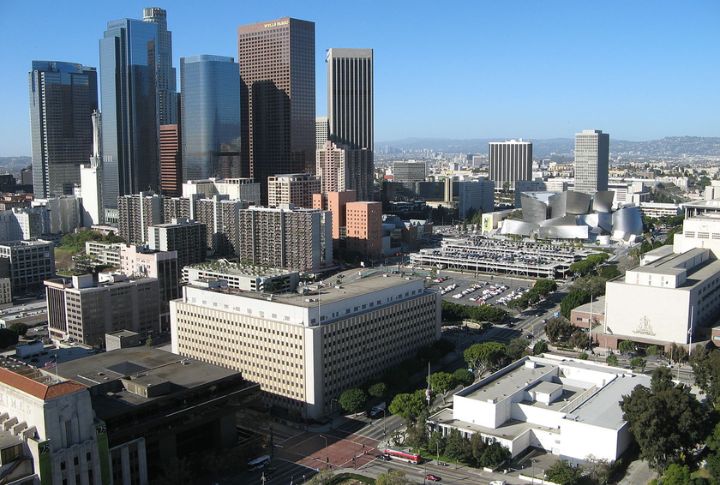
Positioned as a primary West Coast target, Los Angeles’s vast urban development and strategic sites increase its vulnerability. It is a cultural and economic hub and home to critical defense-related industries. A nuclear attack here could have devastating effects on both the local population and national security.
High-Population Centers: Targets with Devastating Impact
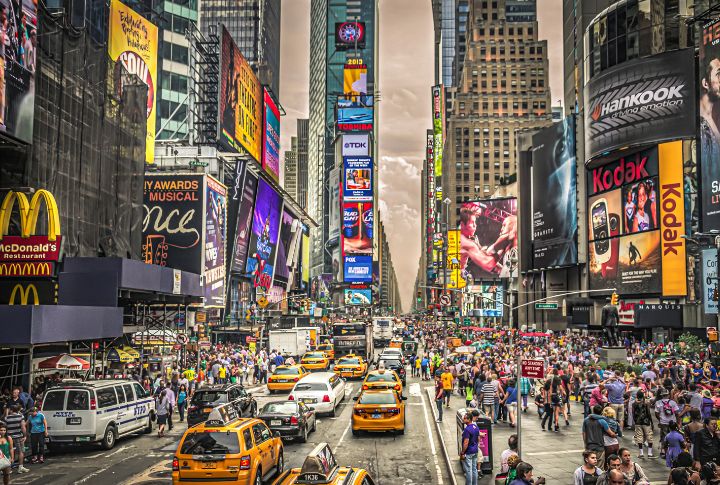
High-profile cities like New York, Los Angeles, and Washington, D.C., are vulnerable due to their economic and political roles and the catastrophic effects of an attack. The dense populations in these cities would result in significant casualties, and the destruction of infrastructure would have a far-reaching impact on the nation’s overall stability.
Colorado: Central to U.S. Defense
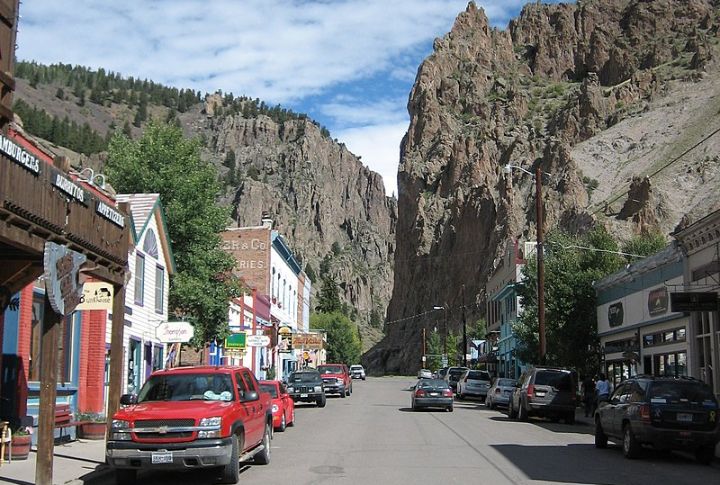
Colorado’s central location and mountainous terrain make it critical to the U.S. defense network. The state is also a highly strategic home to vital military installations like NORAD and several Air Force bases. Due to its role in national security operations, Colorado’s defense infrastructure could be a primary focus in a nuclear conflict.
Wyoming: Sparse Yet Critical

Similar to Montana and North Dakota, Wyoming’s ICBM sites increase its risk as a target. The state’s low population density and vast open spaces are ideal for housing nuclear silos. However, these same factors put Wyoming at significant risk in the event of a nuclear strike aimed at crippling U.S. nuclear capabilities.
California: Nuclear Plants and Urban Centers

The presence of Los Angeles, San Francisco, and nuclear plants underscores California’s strategic value. California’s These facilities may be targeted to cause widespread devastation. Additionally, the state’s role in technology and defense industries increases its danger level in the event of a nuclear conflict.
Idaho: Potentially Safer, But Not Immune
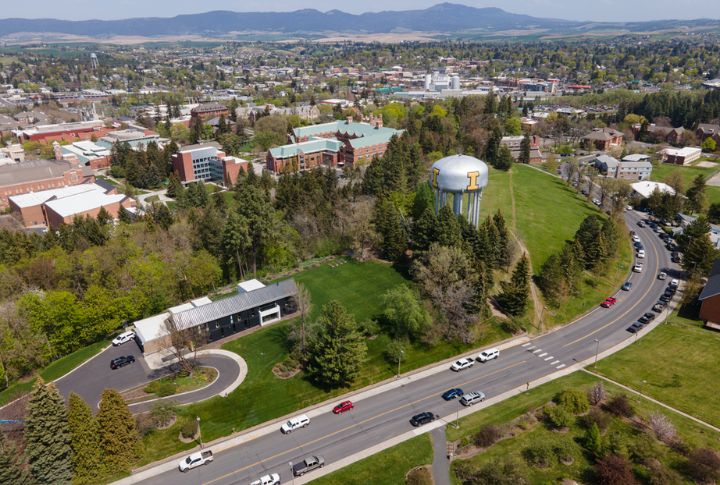
Due to its rural nature and sparse population, Idaho is less vulnerable to a direct nuclear attack. However, its proximity to vital tactical objectives in neighboring states like Montana and Wyoming means it may still suffer fallout or secondary effects from a nearby strike.
Maine: A Remote but Tactical Location

Maine’s remoteness in the northeastern U.S. might give a false sense of security. Yet, the state’s strategic importance, particularly in naval operations and proximity to major demographic zones in the Northeast, possibly still make it a targeted spot in a broader nuclear conflict.
Nuclear Power Plants: A Double-Edged Sword
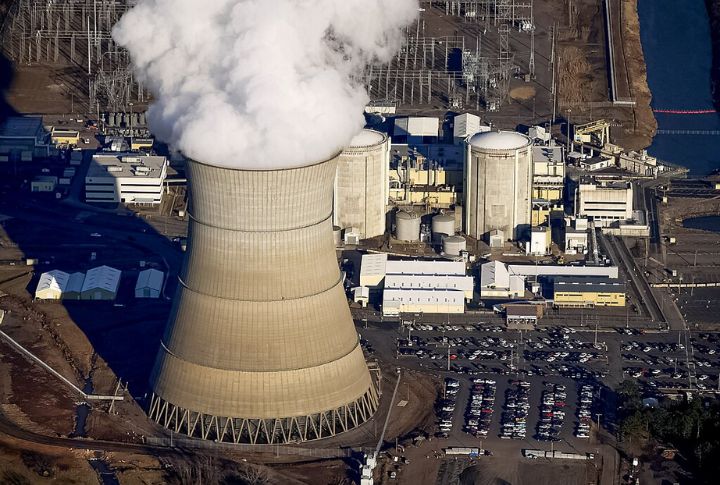
With about 90 such facilities spread nationwide, these plants pose a significant risk if struck. A strike on a nuclear plant may lead to a meltdown by causing widespread radiation contamination. States such as Pennsylvania, New Jersey, and Tennessee are especially susceptible due to the concentration of these facilities.
Misleading Information: The Map’s Controversy
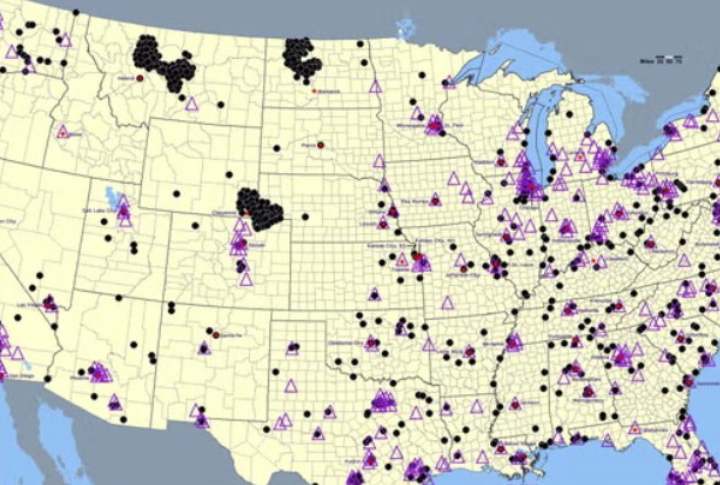
Controversy surrounds this map due to its speculative nature and media misinterpretations. Some reports have fueled public confusion by suggesting it represents official targets. However, these potential nuclear targets are not government-confirmed, and U.S. nuclear stockpile locations remain classified.

